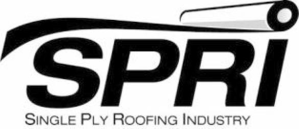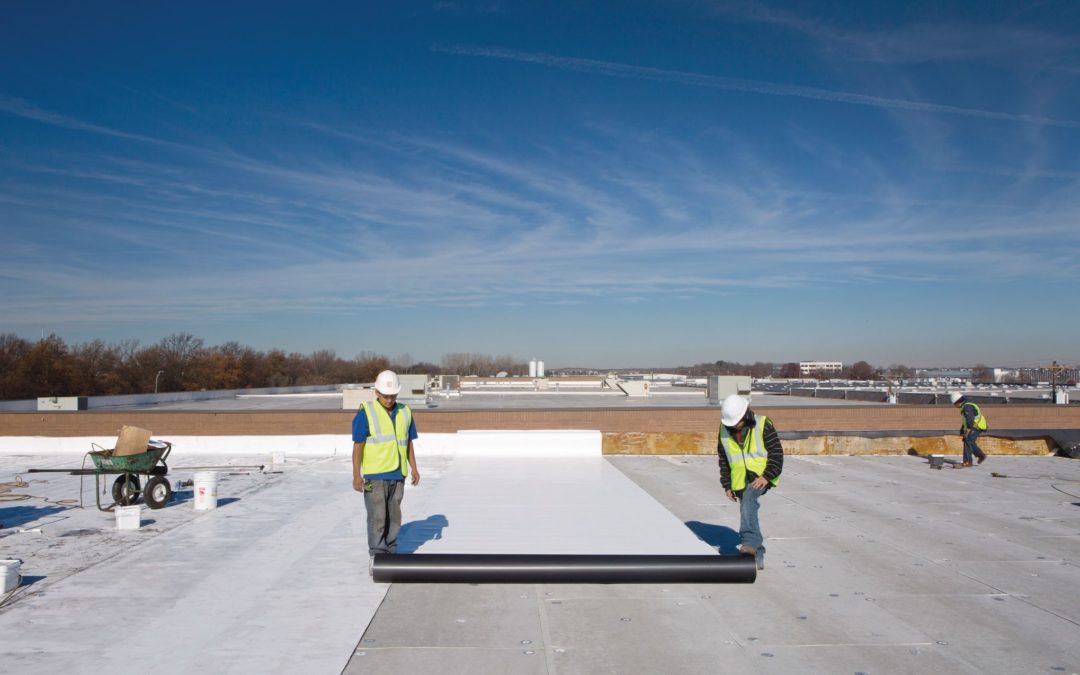Why Cover Boards are Important for Protecting Insulation in Low Slope Roofing
Raw material shortages can often hit the insulation industry hard. The chemical ingredients used to make polyiso insulation can become scarce and remain in short supply. When those shortages occur, they can often continue for a year or more. But construction projects must continue unabated, which means roofing contractors need to find solutions in the short term to keep projects on schedule. What’s a contractor to do?
No ISO? No problem. As the old saying goes: “everything old is new again.” When polyisocyanurate insulation – known as ISO for short – becomes scarce or remains in short supply, EPS and XPS insulations can come to the rescue and serve as viable alternatives. XPS and EPS need a separation layer between the membrane and the insulation for various reasons:
- Fire resistance – A fire resistant slip-sheet, gypsum or cement cover boards or wood fiberboard will work for this depending upon the fire classification required.
- Resist materials that will act as solvents to polystyrene – Coverboards and in most cases, slip-sheets will work for this situation.
- For temperature protection under black membranes – A coverboard is required to satisfy this requirement as the temperature under a black roofing membrane will exceed the maximum use temperature for polystyrene based insulation products.
EPS and XPS are both made with polystyrene and may need fire protection from below (thermal barrier) and on top (cover board). EPS and XPS can be affected by solvents so a cover board that does not require gapping is important when using either product. Glass-faced gypsum and cement roof board products, unlike gypsum fiberboard, can be installed without gapping.
For high-performing and long-lasting facilities like hospitals, schools, data centers, airports and government buildings, the roofing assembly must perform exceptionally well. A superior roofing assembly comes about by design. The addition of a hard cover board helps ensure the long-term viability of a roofing assembly and helps avoid leaks and damage later.
Gypsum and cement boards can be used as protective cover boards for many low slope roof assemblies. They offer proven long-term solutions to ensure protection for the membrane above and the insulation below it. When installed correctly, cover boards can also help extend the life of a roof.
Cover boards have been recommended by the National Roof Contractors Association (NRCA) since 2000 and the use of a non-combustible cover board such as “glass-faced gypsum board” has been recommended since 2006 by both the NRCA and the Midwest Roof Contractors Association (MRCA).
Need more reasons to use a hard cover board? They offer a smooth, flat surface for the membrane and protect insulation from foot and equipment traffic. They also improve fire ratings and thermal performance and help prevent bubbling and blistering in hot asphalt installations. Hard cover boards help protect against storm and hail damage and can increase wind uplift ratings. They also eliminate potential polyisocyanurate insulation facer delamination.
For the commercial low slope roof market, there are three leading single ply systems that are widely used:
- TPO Membrane is made from thermoplastic polyolefin and is comprised of a single layer of synthetics and reinforcing scrim used to cover flat roofs. This plastic-like car bumper material exhibits natural flexibility and accounts for nearly 40% of the market.
- EPDM Membrane is made from ethylene propylene diene terpolymer, which creates an extremely durable synthetic rubber roofing membrane that like rubber tires won’t melt. It accounts for nearly 23% of the market.
PVC Roofing or polyvinyl chloride is a widely produced synthetic plastic polymer used on commercial or industrial roofs that are flat or low sloped.. It accounts for nearly 11% of the market. - As roof construction continues to accelerate, the demand for practical solutions becomes even more important. For today’s market, both now and in the future, remember: No ISO – No problem. EPS and XPS insulations combined with gypsum and/or cement cover boards can come to your rescue.
As roof construction continues to accelerate, the demand for practical solutions becomes even more important. For today’s market, both now and in the future, remember: No ISO – No problem. EPS and XPS insulations combined with gypsum and/or cement cover boards can come to your rescue.
Warren Barber is the Product Sales Manager for DEXcell Roof Boards at National Gypsum Company, headquartered in Charlotte, N.C. Contact Warren at warrenb@nationalgypsum.com.

